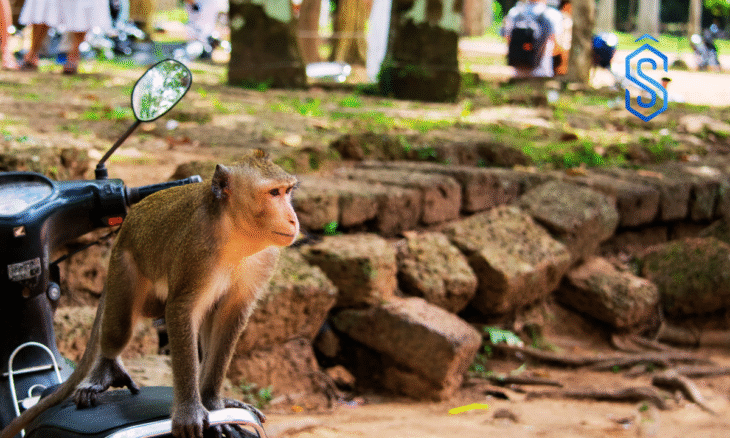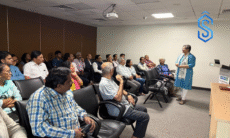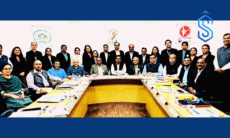Pune: A new study by the Gokhale Institute of Politics and Economics (GIPE) has highlighted the alarming scale of human-wildlife conflict in Maharashtra, revealing that farmers lose between ₹10,000 crore and ₹40,000 crore annually due to crop destruction caused by wild pigs, nilgai, macaques, and other animals.
The report, titled “Human-Wildlife Conflicts: An Estimation of Net Agricultural Losses in Maharashtra”, was prepared by the Centre for Sustainable Development (CSD) at GIPE, Pune, and funded by Autus Wealth Pvt. Ltd.
It sheds light on the growing crisis, which is driving many small and marginal farmers to the brink of financial distress.
Also Read: ICAR to Establish Special Unit for Sugarcane Research and Policy Support
Rising Losses from Human-Wildlife Conflict in Maharashtra
From mango orchards in Konkan to cotton fields in Marathwada, the study documents how wild pigs dig up seeds, nilgai flatten crops, and monkeys pluck fruits, leaving farmers helpless.
The average annual loss per farmer is estimated at ₹27,195 per hectare, with coastal districts like Ratnagiri and Sindhudurg reporting much higher figures of ₹1.17–1.33 lakh per hectare.
The report reveals that 62% of farmers have reduced cultivated land and 54% have abandoned at least one crop due to recurring wildlife damage.
human-wildlife conflict in Maharashtra: Compensation Gap
Although the Maharashtra Right to Services (RTS) Act, 2015 recognizes compensation for wildlife-related crop losses as a legal right, the study notes that only 1–2% of actual damages are compensated.
Of the 1,200 farmers surveyed, just 28% filed compensation claims, with most receiving payments far below their real losses. Hidden costs such as night guarding, lost labor, and delayed sowing remain excluded from official assessments.
Human-Wildlife Conflict in Maharashtra: Driving Farmers Away from Agriculture
The GIPE study warns of a silent rural crisis, where repeated losses are forcing farmers to abandon agriculture. Some migrate to towns for wage labor, while others lease or sell their farmland.
This trend, researchers argue, could accelerate corporatization of agriculture in Maharashtra, with smallholders being displaced by large players using unregulated means to protect farmland from wildlife.
Also Read: World Food India 2025 Concludes with INR 1.02 Lakh Crore MoUs in Food Processing
Statewide Spread of Human-Wildlife Conflict in Maharashtra
The problem is no longer limited to forest-edge villages. Even non-forest districts such as Beed, Aurangabad, and Marathwada report significant crop losses from nilgai and wild pigs.
“Crop damage by wildlife is now a statewide issue, not just a forest problem,” said Dr Milind Watve, co-author of the study.
Policy Recommendations: Towards Coexistence
The report calls for a revamp of compensation protocols and suggests scaling the Support cum Reward (SuR) model, piloted near Tadoba-Andhari Tiger Reserve (TATR). Under SuR, farmers receive assured compensation and productivity incentives, leading to a 2.5–4x increase in output while reducing hostility toward wildlife.
The study emphasizes that resolving human-wildlife conflict in Maharashtra requires balancing conservation with livelihood security.
“Wildlife is priceless, but so is human livelihood,” the report concludes. “India’s conservation strategy must protect both – the forests and the farmers.”
Explained: Maharashtra’s Human–Wildlife Conflict Crisis
🐾 What’s Happening:
Farmers across Maharashtra are losing crops and income due to wild pigs, nilgai, and monkeys raiding their farms.
📉 Annual Agricultural Loss:
➡️ ₹10,000–₹40,000 crore every year (Statewide estimate by GIPE)
💰 Compensation Reality:
➡️ Only 1–2% of actual losses are compensated
📍 Hotspot Districts:
Ratnagiri, Sindhudurg, Marathwada, Beed, Aurangabad








